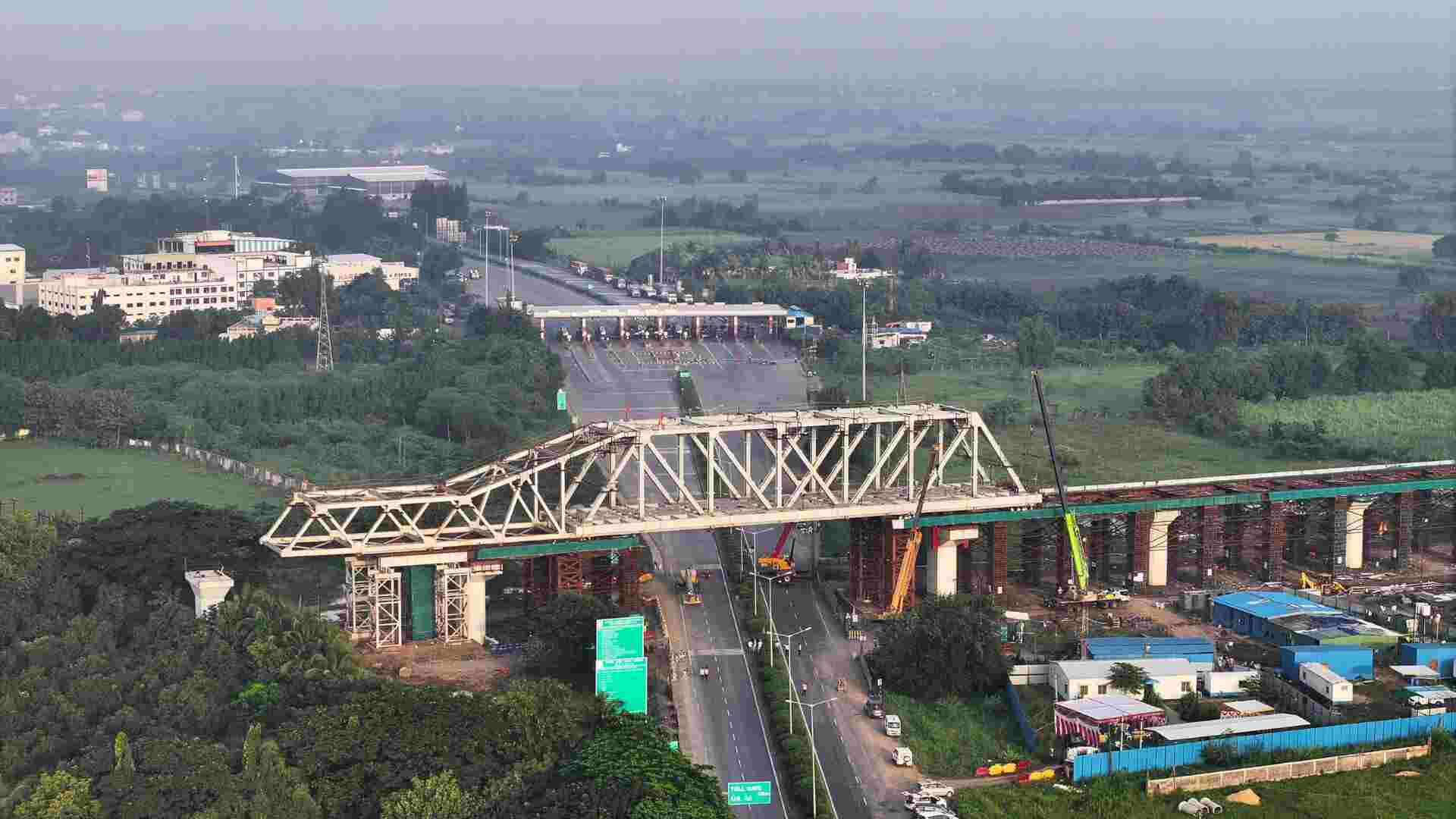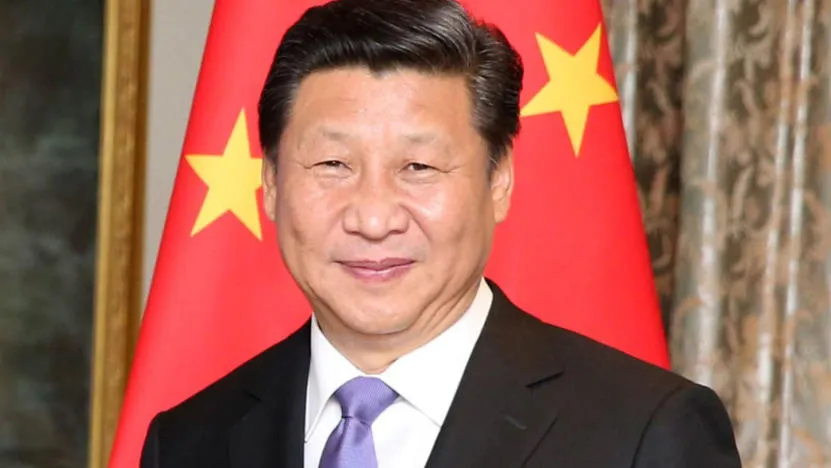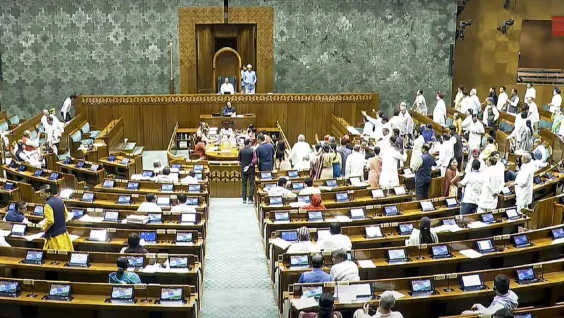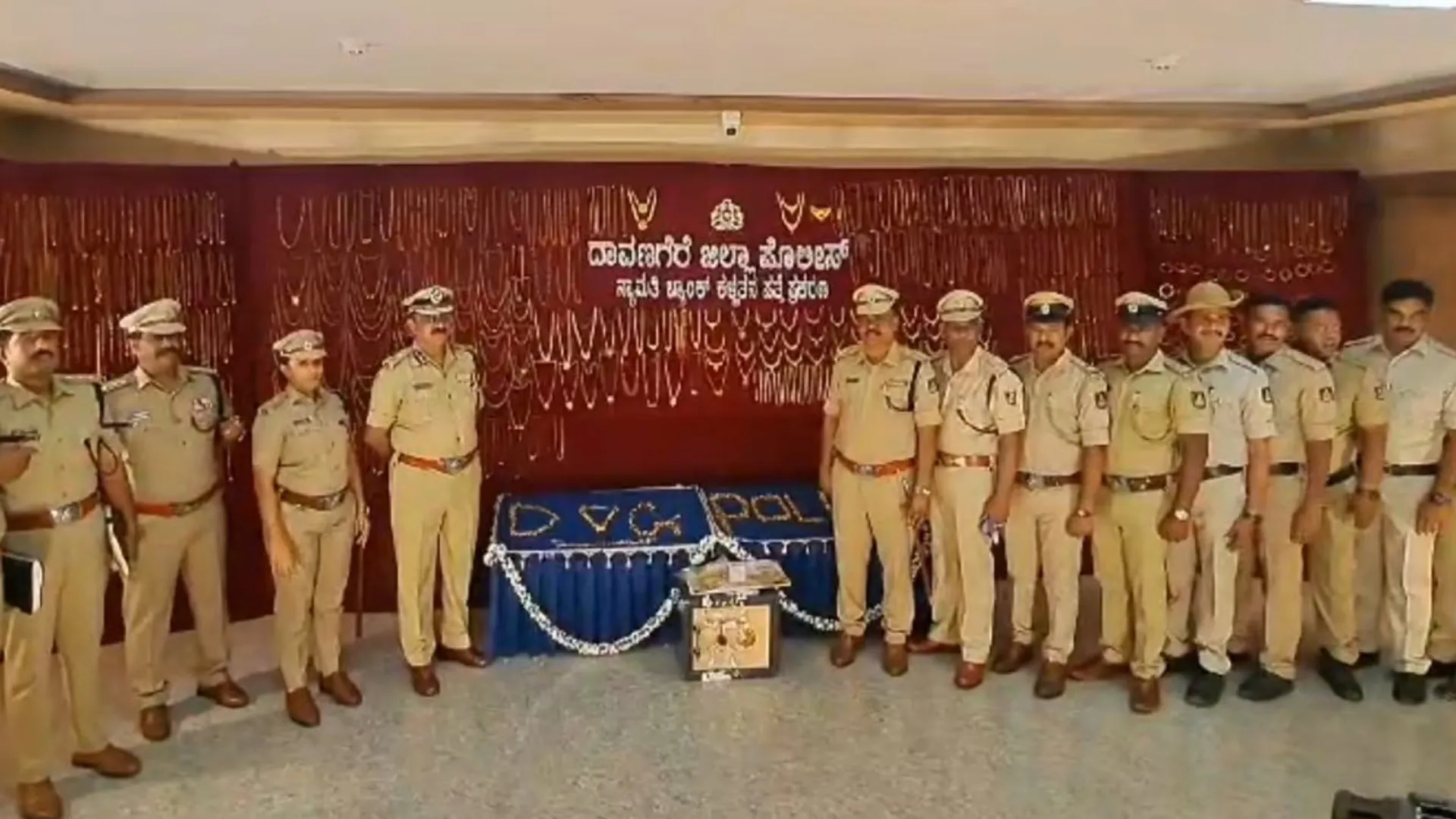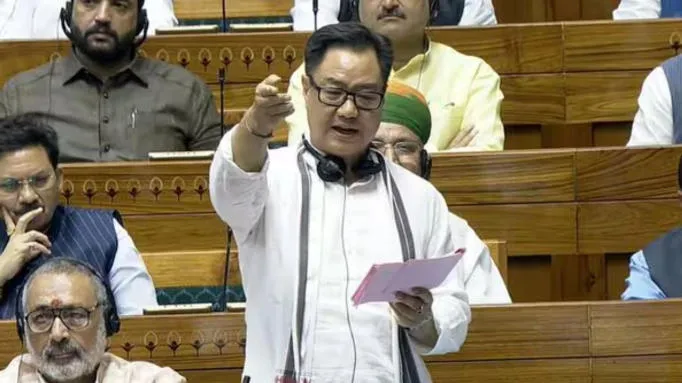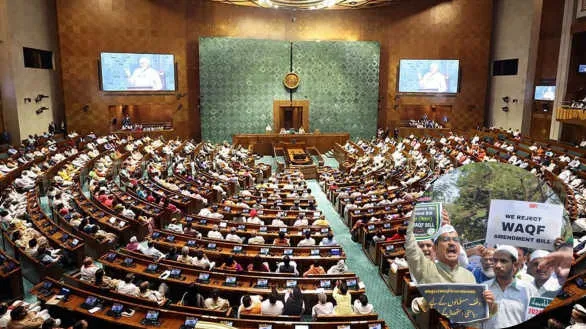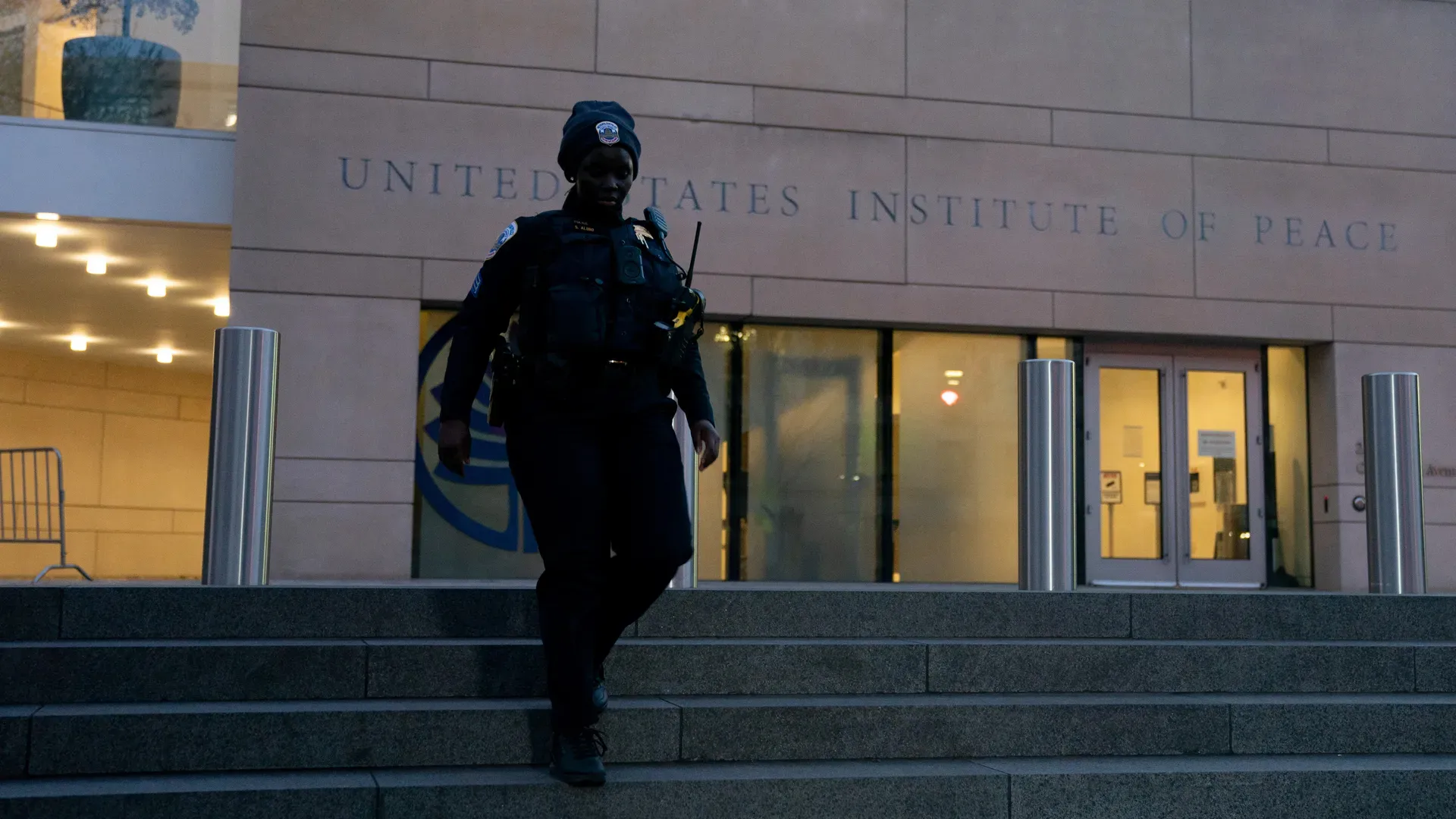Surat has recently inaugurated its first steel bridge for the Mumbai-Ahmedabad High-Speed Rail Corridor, also known as the bullet train project, according to officials from the National High Speed Rail Corporation Limited (NHSRCL). This steel bridge is one of twenty-eight such bridges planned for the corridor, with the bullet train expected to operate at a speed of 320 km per hour.
The newly constructed steel bridge, measuring 70 meters in length and over 12 meters in height, is situated near the Kamrej Toll Plaza on National Highway 53 in Surat. It is estimated that approximately 70,000 metric tons of steel will be used for manufacturing all 28 steel bridges. Out of these, 17 bridges will be located in Gujarat, while the remaining 11 will be in Maharashtra.
According to a statement by the NHSRCL, steel bridges are suitable for highways, expressways, and railway lines, unlike pre-stressed concrete bridges which are typically suitable for shorter spans, including river crossings. India has expertise in fabricating steel bridges for heavy haul and semi-high-speed trains, which run between 100 and 160 kmph. The fabrication and successful launch of a steel bridge to support a Shinkansen bullet train running at 320 km per hour is a first for the country.
The steel structure for the bridge was transported from a workshop in Hapur district, Uttar Pradesh, to Surat using trailers, covering a distance of 1,200 km. Upon arrival, assembly work commenced, with the bridge being carefully pulled into place using a specially-designed pulling arrangement.
Before dispatch, each batch of steel was tested by Ultrasonic Testing (UT) at the manufacturer’s premises. The fabrication process for steel bridges involves high-tech operations such as cutting, drilling, welding, and painting, as per design drawings prepared by Japanese engineers. Welding work was supervised by Japanese International Welding Experts (IWE).
The painting technique used for the steel girders is also claimed to be a first in India, adhering to the C-5 Painting system of the Japan Road Association’s “Handbook for Corrosion Protection of Steel Road Bridges.”
This development follows the recent announcement by NHSRCL of a breakthrough in the construction of the first mountain tunnel in the Valsad district. According to NHSRCL spokesperson Sushma Gaur, the Mumbai-Ahmedabad route includes seven mountain tunnels, one of which is located in Zaroli village in Umbergaon taluka of Valsad district, with the remaining six in Palghar, Maharashtra.

